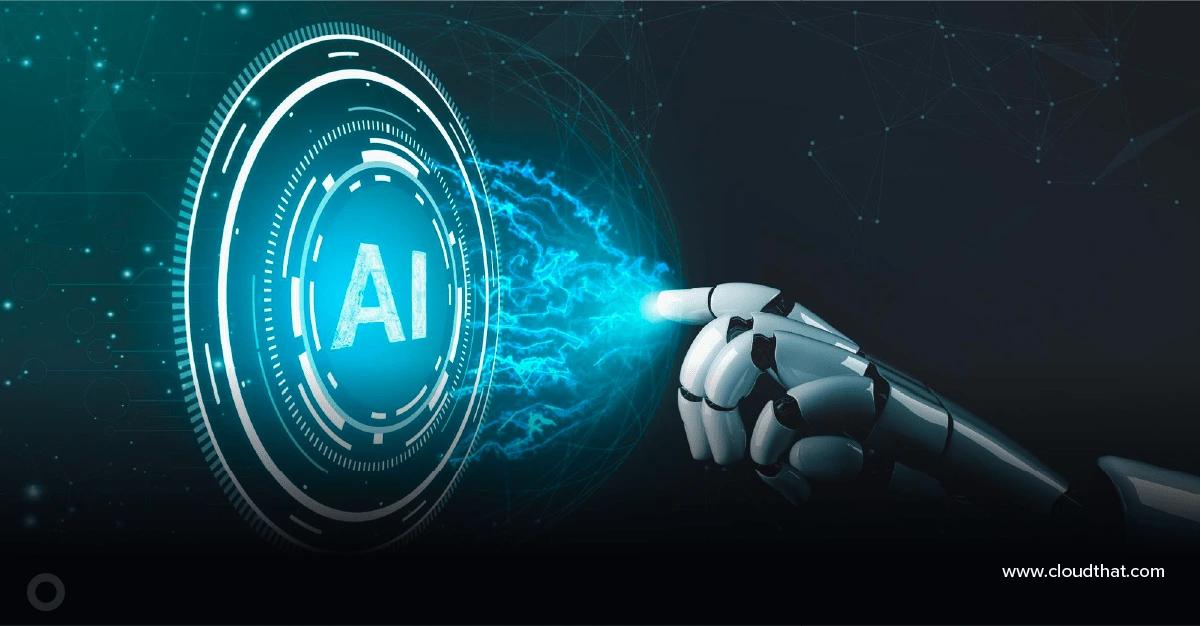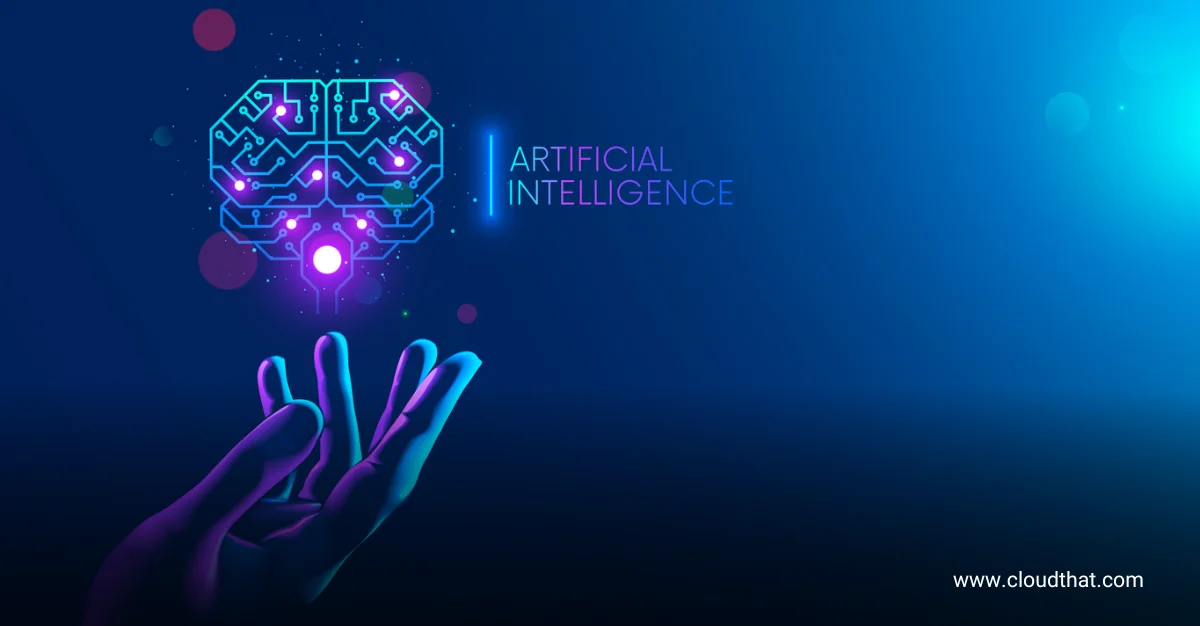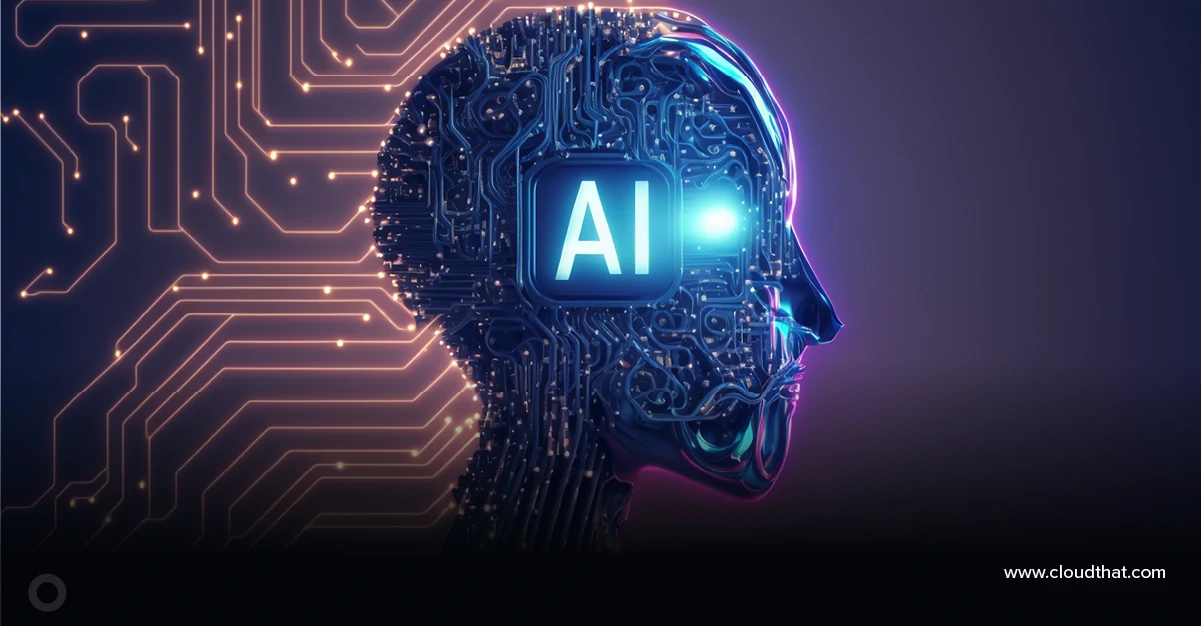|
Voiced by Amazon Polly |
Overview
In the rapidly advancing domain of artificial intelligence, agentic AI represents a paradigm shift from passive, stimulus-response systems to autonomous computational entities capable of goal-directed behavior. This architecture extends beyond traditional AI models by incorporating sophisticated mechanisms for decision-making, execution, and environmental interaction. Let us examine the technical infrastructure that enables these capabilities.
Pioneers in Cloud Consulting & Migration Services
- Reduced infrastructural costs
- Accelerated application deployment
Large Language Models

Source: Large Language Model
Parallel processing of the transformer architecture, residual connections, and positional encodings enable these models to learn long-range dependencies and abstract conceptual relations essential for reasoning by an agent. The vector representations produced in the latent space of the model capture semantic information with enough faithfulness to accommodate intricate inferential processes required in agentic decision-making.
Tools and API Integration
Extending LLM capabilities requires function-calling architectures that bridge the gap between natural language processing and programmatic execution. Modern implementations utilize structured JSON schemas to define tool interfaces, allowing models to generate syntactically valid function calls while maintaining semantic alignment with underlying operations.
This integration typically employs one of several approaches:
- ReAct frameworks (Reasoning + Acting) that interleave reasoning steps with action execution.
- Function-calling APIs that parse LLM outputs into structured commands.
- Agent-specific DSLs (Domain Specific Languages) that formalize the action space.
The technical implementation often involves orchestration layers that manage request routing, response parsing, error handling, and state management between the LLM and external systems. These connections enable agents to perform operations ranging from database queries and web searches to controlling robotic actuators through well-defined interfaces.
Memory Systems
Effective agentic architectures implement multi-tiered memory systems that transcend the context window limitations of base LLMs (typically 8K-128K tokens). These systems employ various technical approaches to knowledge persistence:
- Vector databases store embeddings of previous interactions, enabling semantic retrieval through approximate nearest neighbor (ANN) algorithms like HNSW or IVF-PQ
- Knowledge graphs capture structured relationships between entities, supporting symbolic reasoning and inference.
- Hybrid retrieval-augmented generation (RAG) systems that combine dense vector retrieval with sparse lexical matching.
Sophisticated implementations use attention mechanisms and relevance scoring for maximizing memory use, frequently applying forgetting curves based on human cognition models (e.g., Ebbinghaus decay functions). Hierarchical storage with working memory (high-access, low-capacity) and long-term memory (low-access, high-capacity) partitions is used by some systems to reconcile computational efficiency against information retention.
The Executive Function
The planning subsystem represents the algorithmic heart of agentic behaviour, typically implemented through:
- Tree-based search algorithms like Monte Carlo Tree Search (MCTS) or variations of minimax that explore action sequences.
- Task decomposition frameworks that recursively break complex goals into manageable subgoals
- Meta-prompting techniques where agents generate, evaluate, and refine their prompts iteratively.
Technical deployments use verifier modules that determine plan correctness using simulation or formal verification techniques. Self-reflection is attained using recursive self-enhancement loops in which agents evaluate their outputs against given quality measures or using reinforcement mechanisms.
Higher-level planners integrate uncertainty quantification via methods such as Bayesian inference or ensemble techniques to perform probabilistic reasoning about the outcomes of actions. Certain implementations utilize differentiable programming models wherein planning procedures become learnable entities optimized via gradient descent.
Technical Approaches
Agent alignment employs several technical methodologies to ensure system behavior aligns with human intent:
- Constitutional AI frameworks implement explicit constraint satisfaction algorithms, often through rejection sampling or reinforcement learning.
- RLHF pipelines (Reinforcement Learning from Human Feedback) utilize preference optimization over human-labeled outputs.
- Interpretability techniques like activation steering and mechanistic analysis provide insight into model behavior.
Modern alignment implementations increasingly rely on formal verification methods and adversarial training regimes to identify and mitigate potential failure modes. Some systems implement explicit utility functions or reward models that quantify alignment across multiple dimensions.
Integration Architecture
The holistic integration of these components typically follows one of several architectural patterns:
- Actor-Critic structures that separate policy generation from evaluation.
- Hierarchical architectures with specialized agents operating at various levels of abstraction.
- Modular systems employ routing mechanisms to direct queries to appropriate subsystems.
Implementation details often include distributed computing frameworks that handle asynchronous processing, fault tolerance, and horizontal scaling, critical requirements for computationally intensive agent operations.
Current Technical Challenges
As agentic AI continues to develop, several technical issues remain prominent research areas: context window optimization, hallucination reduction, causal reasoning enforcement, and long-horizon planning. Each is a unique computational problem requiring new algorithmic solutions to push the field beyond its current performance.
These systems broaden our understanding of artificial intelligence from passive inference machines to initiative-taking computing entities that can engage in continuous, goal-oriented interaction with both digital and physical worlds.
Conclusion
Agentic AI represents a revolutionary leap toward artificial intelligence, integrating language models, memory, planning, and tool use into systems that can act independently. As these technologies continue to develop, they will deliver more dynamic, flexible, and human-centered digital agents. The path forward is technically challenging, but the payoff is immense.
Drop a query if you have any questions regarding Agentic AI and we will get back to you quickly.
Making IT Networks Enterprise-ready – Cloud Management Services
- Accelerated cloud migration
- End-to-end view of the cloud environment
About CloudThat
CloudThat is an award-winning company and the first in India to offer cloud training and consulting services worldwide. As a Microsoft Solutions Partner, AWS Advanced Tier Training Partner, and Google Cloud Platform Partner, CloudThat has empowered over 850,000 professionals through 600+ cloud certifications winning global recognition for its training excellence including 20 MCT Trainers in Microsoft’s Global Top 100 and an impressive 12 awards in the last 8 years. CloudThat specializes in Cloud Migration, Data Platforms, DevOps, IoT, and cutting-edge technologies like Gen AI & AI/ML. It has delivered over 500 consulting projects for 250+ organizations in 30+ countries as it continues to empower professionals and enterprises to thrive in the digital-first world.
FAQs
1. What's the main difference between traditional AI and agentic AI?
ANS: – Traditional AI systems respond to specific inputs with pre-determined outputs, while agentic AI autonomously pursues goals through planning, tool use, and memory systems. Agentic AI can take the initiative, choose its approach to solving problems, and maintain ongoing awareness of its environment and interactions.
2. How do agentic AI systems avoid making harmful decisions?
ANS: – Agentic systems implement alignment mechanisms like constitutional AI frameworks and reinforcement learning from human feedback (RLHF) to understand human values and intentions. These systems have explicit constraints and verification mechanisms that check planned actions against safety guidelines before execution.

WRITTEN BY Babu Kulkarni
Babu Venkatesh works as a Research Associate at CloudThat, with a strong interest in AI, data science, and cloud technologies. He enjoys exploring new technologies and solving real-world problems. In his free time, he works on diverse projects and stays updated with the latest tech trends.


 Login
Login


 June 16, 2025
June 16, 2025 PREV
PREV










Comments